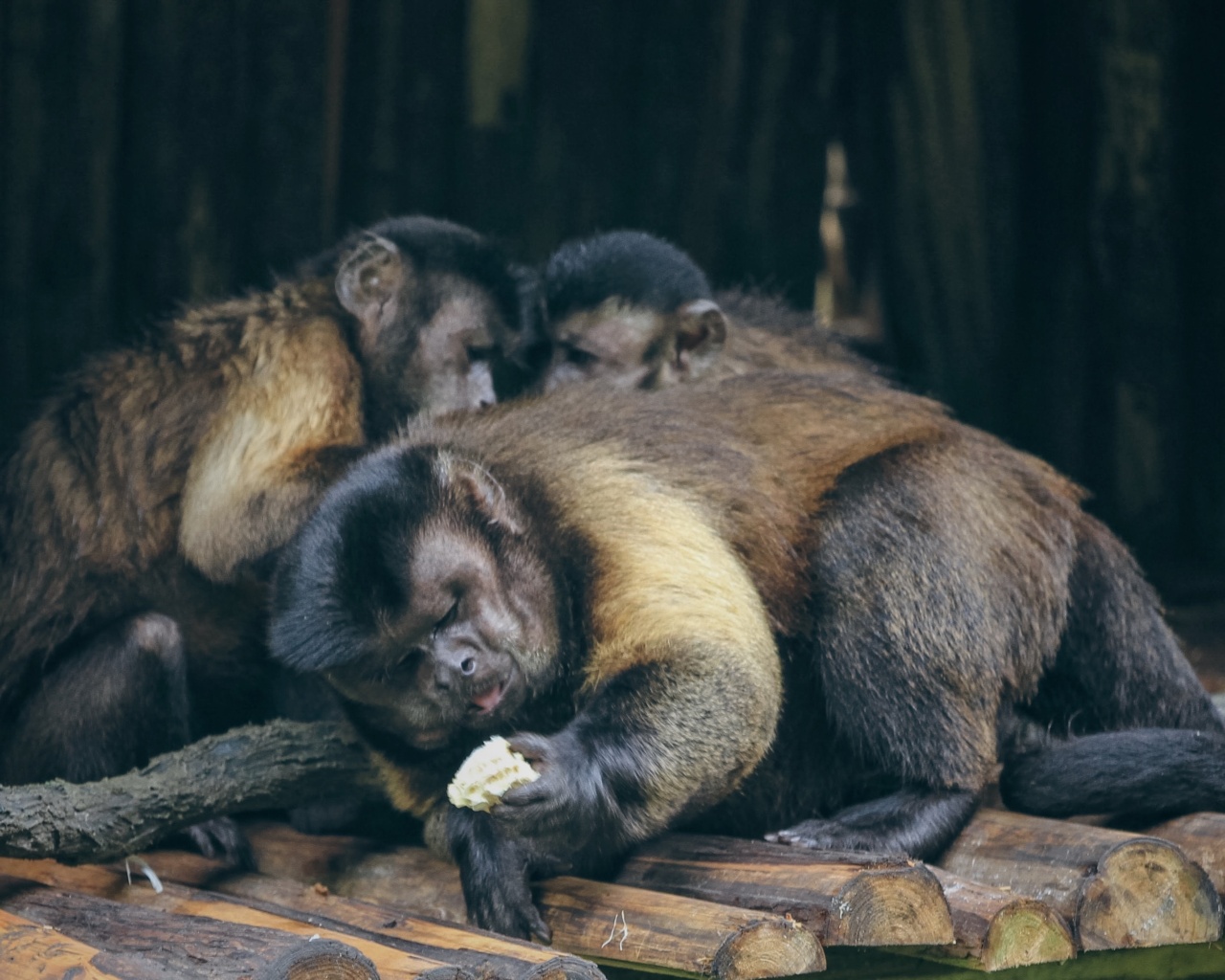The number of smallpox cases reported in monkeys across the world has surpassed the 3,000 threshold, according to the latest data released by the World Health Organization (WHO).
These cases are a major concern for global health officials, who fear that they could spark a new outbreak of smallpox in humans.
What is Smallpox?
Smallpox is a deadly infectious disease that was eradicated from the world in the late 20th century. It is caused by the variola virus, which is highly contagious and can spread quickly between humans.
The disease is characterized by high fever, rash, and blistering of the skin, and can cause severe damage to internal organs.
Smallpox in Monkeys
While smallpox was eradicated from humans, it is still prevalent in monkeys and other primates. Monkeys are commonly used in biomedical research and are kept in captivity in many parts of the world.
The virus can spread quickly between these animals, and once a outbreak of the disease occurs, it can be difficult to contain.
The Current Situation
The WHO has been monitoring the situation closely and reports that there have been more than 3,000 cases of smallpox in monkeys reported so far this year. Most of these cases have been in Asia, with some also reported in Africa and South America.
Although no cases of smallpox have been reported in humans so far, health officials remain concerned that the disease could spread to humans if proper precautions are not taken.
Preventing the Spread of Smallpox
Smallpox is highly contagious, and there is no cure for the disease. The only way to prevent the spread of smallpox is through vaccination and strict infection control measures.
Health officials are urging anyone who works with monkeys or other primates to be vaccinated against the disease and to take appropriate infection control measures, such as wearing protective clothing and washing their hands frequently.
The Importance of Vigilance
With smallpox cases in monkeys on the rise, it is important for health officials and the public to remain vigilant in their efforts to prevent the spread of the disease.
This includes taking appropriate infection control measures, such as washing hands frequently, wearing protective clothing, and avoiding contact with sick animals. It also means reporting any suspected cases of smallpox in monkeys or humans to health authorities immediately.
The Future of Smallpox Prevention
While the current situation with smallpox in monkeys is concerning, global health officials are working hard to prevent the spread of the disease and to find new ways to combat it.
This includes ongoing research into new vaccines and treatments for smallpox, as well as increased efforts to monitor and control the disease in monkeys and other primates.
Conclusion
The situation with smallpox in monkeys is a reminder that infectious diseases are still a major threat to human health, and that we must remain vigilant in our efforts to prevent the spread of these diseases.
By taking appropriate infection control measures and reporting suspected cases of smallpox in monkeys or humans, we can help to prevent the spread of this deadly disease and protect public health.






























